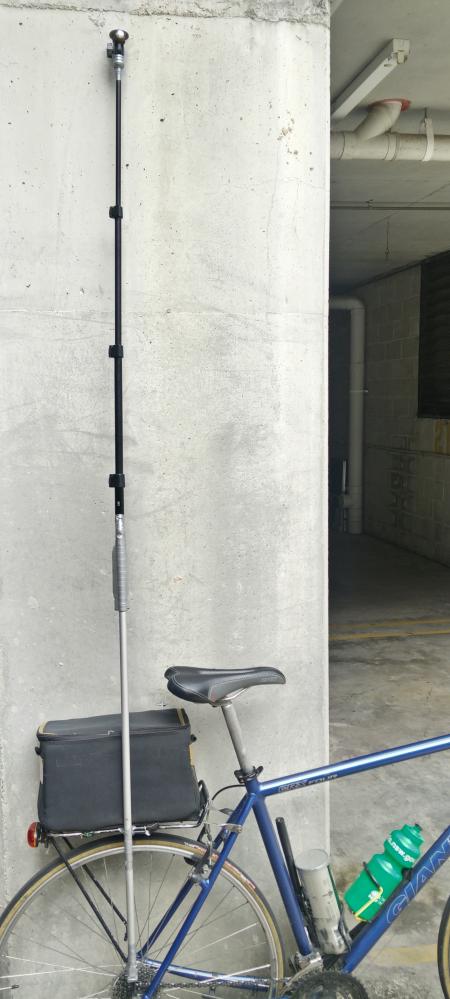Changing the proposal process from "For/Against" to "pick you preferred option"
Posted by aharvey on 12 October 2020 in English.I’m no expect in the tagging proposal process but I do think on a whole it’s helpful and a good thing to have in the OpenStreetMap community.
It provides the necessary documentation to both help mappers (to know what tag they should use to be consistent with everyone else) and data consumers (to know what each tag is so they can decide how to interpret it).
The process of putting together this documentation and asking for feedback is great because it ensures that a wide range of people from different backgrounds and perspectives can raise suggestions or issues.
However one aspect of the proposal process I’m convinced should be changed, as it stands the proposal goes to a vote and needs over 74% majority to pass. While on the surface it sounds good that a significant opposition can block it, in practice it can leave the mappers and data consumers with no way to map something. If the proposal is changed to make the 26% opposition happy, then the 74% of supporters don’t swap over in enough numbers to the other side then nothing would ever pass.
The proposal process instead should be changed to something with the high level like “We need a way to map X”, anyone can propose an option, eg.
“X is mapped like A.” “X is mapped like B.” “X is mapped like C” etc.
Anyone could propose how they feel is best to map X, and when it goes to a vote you have to choose one of the options, and the one with the majority wins.
We shouldn’t be in a situation where there is no approved way to map a mapable feature just because the community doesn’t agree completely on how to map it.
